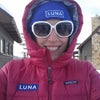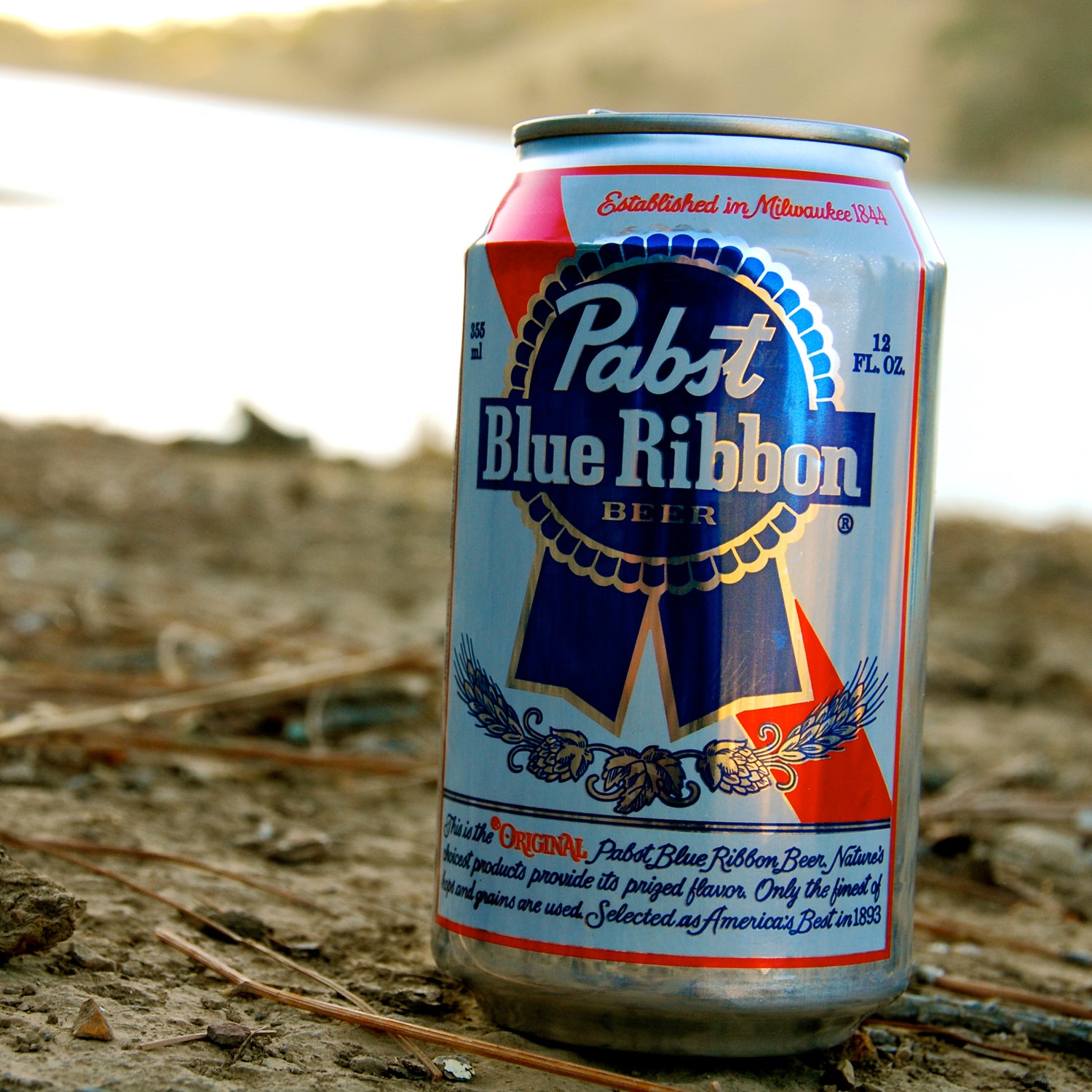Last month, a curious thing happened: After a long day of work, my husband showed up on our doorstep with a six-pack of Pabst Blue Ribbon.
“It was on sale,” he said, offering up the iconic red, white, and blue cans. “If the hipsters like it, how bad can it be?” (Spoiler alert: pretty bad.)
What you need to know about my husband is that, while I think he’s cool, he’s not, you know, hipster cool. Earlier this year, he asked me what Coachella was. And he’s been to Brooklyn exactly zero times.
As such, his buying PBR is the perfect example of what hipsters have been dreading—PBR has entered the mainstream, and it may be the beginning of the end for the brand.
To understand how we’ve come to this peak-PBR moment, you need to understand exactly how PBR became hipsters’ drink of choice. In May, two marketing researchers published a study in the Journal of Consumer Research that documented why PBR has been such a hit with the fixed-gear-riding, clove-cigarette-smoking crowd. The study—titled “”—found that there’s a direct correlation between a brand’s perceived autonomy and a consumer’s level of counterculturalism.
Food is one of the main boundaries that we construct around community, representing who belongs and who doesn’t. We try to signal who we are by showing that we have certain ‘tastes.’
“We were really interested in this idea of counterculturalism, or this idea that people differ in the extent to which they kind of buy into society’s norms, or think that society is a beneficial force as opposed to thinking that society is oppressive or controlling or overly limited,” explains Dr. Margaret Campbell, a professor at the University of Colorado’s Leeds School of Business and a co-author of the study.
“Hipsters are on the countercultural end of that spectrum. We showed that the point at which something is perceived as cool is more autonomous for people who are higher in counterculturalism than people who are lower in counterculturalism.”
PBR created its reputation as an autonomous product by marketing itself in a non-traditional way. By sponsoring bike messenger rodeos and DJ competitions, the brand formed an identity that was left enough of mainstream to be inline with hipsters’ counterculture tendencies.
And it worked. Big time. Hipsters bought PBR by the American Apparel-clad armful, despite the fact that Pabst isn’t indie (it’s owned by C. Dean Metropoulos, who also owns Hostess and Twinkies) nor is it considered a premium beer (the craft beer movement offers plenty of better alternatives).
If you don’t believe us, take a look at produced by the data startup Locu. In 2013, Locu looked at the amount of PBR and Bud Light being sold in the same area. In New York City, Bud Light has a solid stronghold, although places like Williamsburg in Brooklyn burn bright red with PBR sales. The same thing happens in parts of San Francisco and Boston.
Of course, the fact that hipsters spent the past decade drinking “sub-premium” beer isn’t their fault. It’s the fault of savvy PBR’s marketers—and also of human nature.
“[Food] is one of the main boundaries that we construct around community, representing who belongs and who doesn’t—and this has been important from the point of view of class, race, ethnicity, religion, nationality, region, age, gender, etc.,” explains Dr. Stella Čapek, a sociology professor who teaches a course on food, culture, and nature at Hendrix College in Arkansas.
“Identity is shaped…through everyday social interactions that symbolize who we are and who we want to be…Many sociologists (Veblen, Bourdieu, and others) have written about how we try to signal who we are by showing that we have certain ‘tastes,’ and these are very much shaped by social class, gender, and the other categories mentioned previously.”
In other words, when enough hipsters started drinking PBR, it became part of the group’s identity. The more it became ingrained in their identity, the more it became acceptable, and the more people like my husband started drinking it. Finally we arrived at the moment that Dr. Campbell calls “Peak PBR.”
“Consumers are very aware of the concept of true cool versus trendy cool. They’re very aware that at some point it’s too much and then it’s going to stop being cool at that point. With PBR, it may be it for them,” she says.
Her co-author, Dr. Caleb Warren, a professor at Texas A&M adds, “As a brand gains popularity, it seems less different, less autonomous. That makes it seem less cool to the counter-culture consumer.”
Which perhaps explains the guy with the ironic mustache crying non-ironically into his gluten-free macaroon as he waited behind my husband in the checkout line. As the cashier handed off my husband’s six-pack, this poor fellow realized that the PBR keg had officially been kicked—and done so by the very same Toms-wearing feet that so lovingly carried it to the party in the first place.


